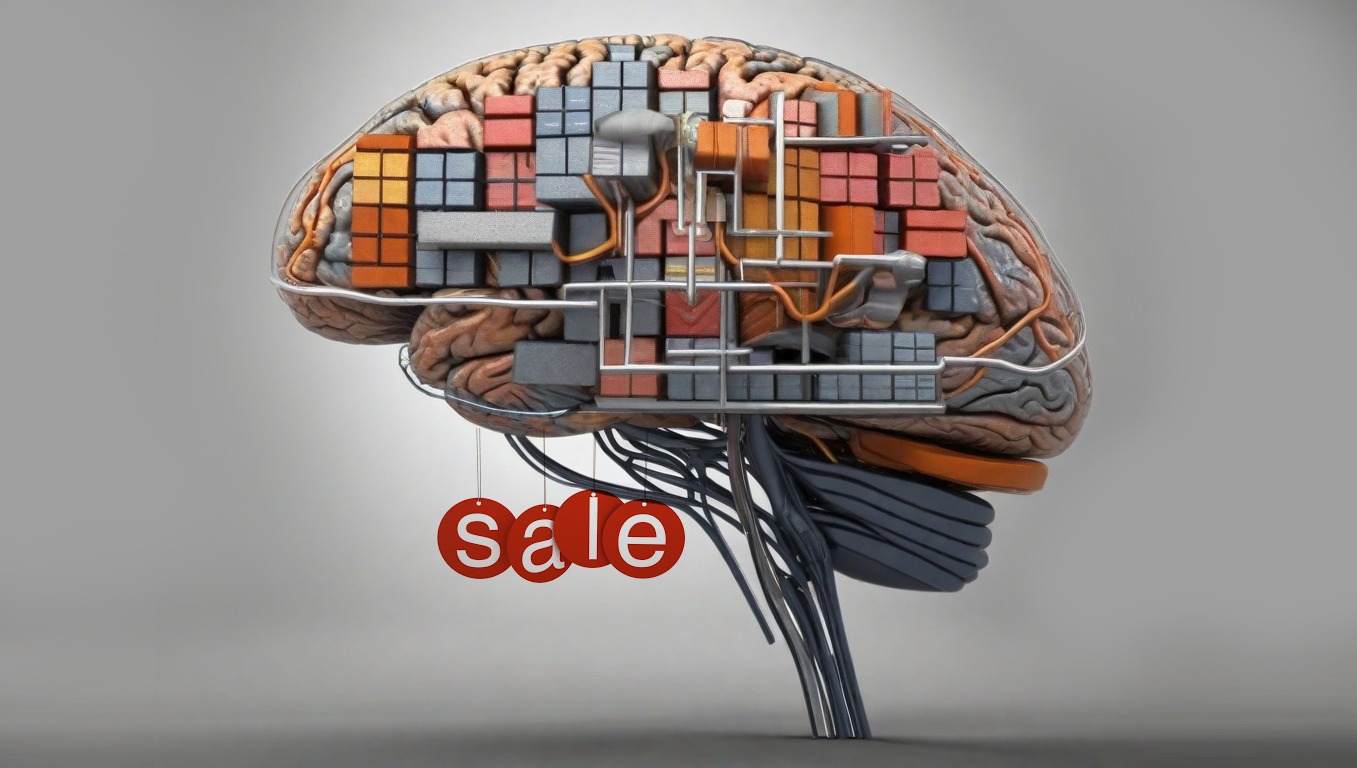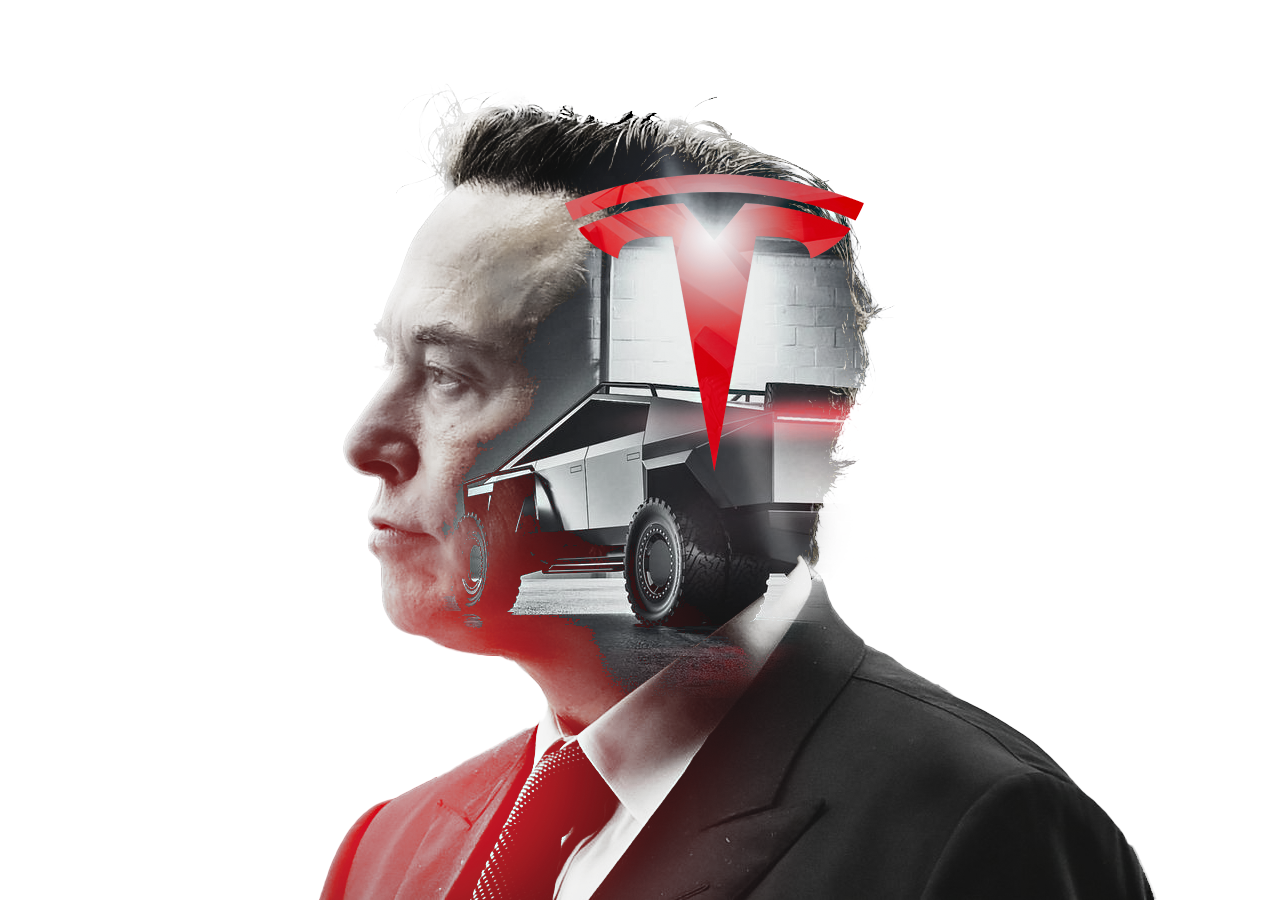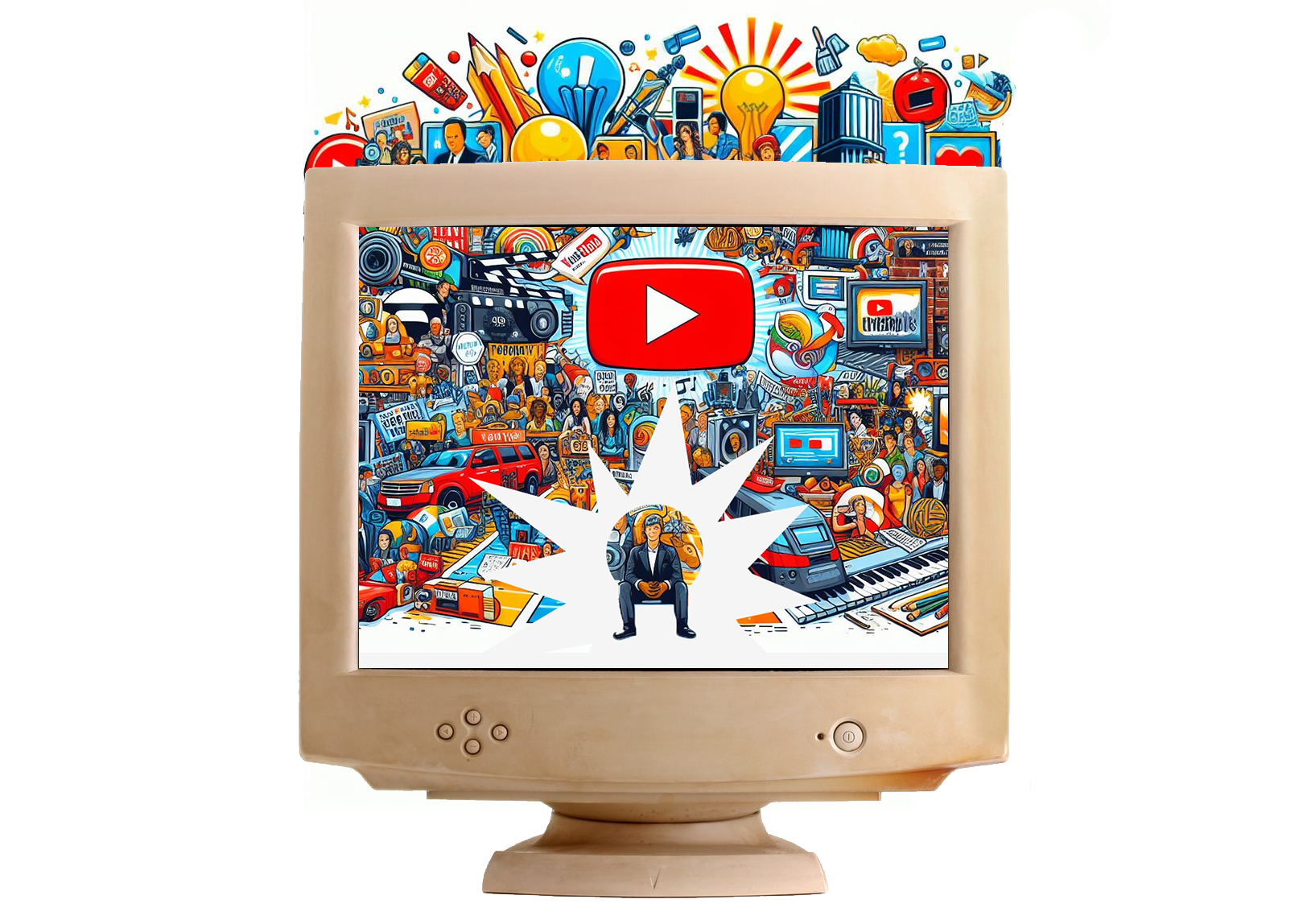Pleasure vs Suffering:
What Influences Purchase Decisions from a Neuromarketing Perspective
Neuromarketing
Research
According to neuromarketing research, purchase decisions in our brain are based on the ratio between pleasure and suffering. Experiments using functional magnetic resonance imaging (fMRI) have shown that seeing a desired product activates the so-called "pleasure center" in the brain. This is the area of the brain responsible for rewards and satisfaction. The stronger the pleasure center is activated by the product, the more we want it.
However, when we see the price for the same product, a completely different area is activated in the brain - the "suffering center." It is responsible for negative sensations and pain. Essentially, our brain interprets the price as suffering from having to part with money. It is the ratio between the activity of the pleasure center and the suffering center that ultimately determines whether a purchase will be made or not. If pleasure outweighs the pain of the price - we are more likely to buy the product.
Thus, studying the activity of different brain areas gives us an understanding of how our purchasing decisions are made at the deepest level. This knowledge can be used for more effective marketing and advertising.
Endowment
Effect
By examining other research in behavioral economics, an interesting relationship was found between the described mechanism of making purchasing decisions and the endowment effect. There are interesting parallels between the endowment effect and how the brain makes purchasing decisions based on the ratio of pleasure and suffering.

Endowment Effect and the Suffering Center
The endowment effect is that people place greater value on what they already have compared to what they don't have. We don't want to lose what we consider ours. This resonates with the activation of the "suffering center" when seeing the price of a product.
At a subconscious level, we associate the price with suffering from losing money that is already our property. The higher the price, the more the suffering center is activated. At the same time, the endowment effect can enhance the activity of the "pleasure center" from the product itself.
If this product is already our property, we get additional pleasure from owning it. Thus, the endowment effect increases the gap between pleasure from the product and suffering from the price. This makes us more likely to keep the product rather than part with it.
Diminishing Marginal Utility of Wealth
In addition, there is another economic effect that also resonates with the described brain activity in making purchasing decisions. This is the effect of diminishing marginal utility of wealth.
The diminishing marginal utility of wealth can indeed be juxtaposed with how the brain reacts to price when making purchasing decisions. In both cases, a similar pattern is observed.
As wealth increases, the utility of each subsequent unit (dollar, euro, etc.) decreases - this is the diminishing marginal utility. Similarly, as fMRI experiments showed, as the price of a product increases, the activity of the "suffering center" in the brain intensifies, but each subsequent price increase causes a smaller increase in the activity of this center.
That is, the marginal suffering from the price also diminishes. A difference of $10 bothers us more when the price of a product is $50 vs $60 than when it is $500 vs $510. This similarity is not accidental. In both cases, the Weber-Fechner psychophysical law applies: human sensations are proportional to the logarithm of the actual stimulus.
How to make marketing project
By Danylo Khorzhevskyi | 02.01.2022

A marketing project involves the initiation, planning, execution, monitoring, and closure of marketing-related activities and deliverables. It encompasses the coordination of teams to meet customer needs and achieve marketing goals
Key Factors Influencing Purchase Decisions
Summarizing the results of all the studies considered, the following conclusions can be drawn about the key factors influencing the purchase decision:
- Pleasure from the product (activates the "pleasure center")
- Suffering from the price (activates the "suffering center")
- Endowment effect (enhances pleasure of ownership and suffering of loss)
- Diminishing marginal utility and diminishing marginal suffering
Implications for Marketing
Neuromarketing research allows us to better understand the nature of these factors and their influence on purchase decisions. This knowledge provides new opportunities for more effective marketing and stimulating demand.
For example, companies can enhance pleasure from the product through branding and positioning. Reduce suffering from the price through discounts and installments. Use the endowment effect by offering bonuses to loyal customers.
Thus, a deep understanding of how the brain works and the influence of various economic effects allows companies to build a more effective marketing strategy based on stimulating the irrational motives of the buyer. This provides a significant competitive advantage and leads to increased sales.
Source: "Decoded: The Science Behind Why We Buy" by Phil Barden; Misbehaving: The making of behavioral economics' by Richard H Thaler
 Elon Musk's radically angular Cybertruck pickup shocked audiences in 2019 with its geometric stainless steel body evoking sci-fi movies and 80s cars. Its unconventional form draws criticism along with praise for its boldly futuristic look. Behind the origami-esque styling lies a highly capable electric truck with armored doors, adaptive air suspension, and up to 500km range. But with pickup buyers traditionally loyal to brands like Ford and RAM, does the Cybertruck's divisive design represent an innovation that will disrupt and transform the market or an alienating bust?
Elon Musk's radically angular Cybertruck pickup shocked audiences in 2019 with its geometric stainless steel body evoking sci-fi movies and 80s cars. Its unconventional form draws criticism along with praise for its boldly futuristic look. Behind the origami-esque styling lies a highly capable electric truck with armored doors, adaptive air suspension, and up to 500km range. But with pickup buyers traditionally loyal to brands like Ford and RAM, does the Cybertruck's divisive design represent an innovation that will disrupt and transform the market or an alienating bust?
 YouTube's origin traces back to three individuals from the PayPal mafia: Chad Hurley, Jawed Karim, and Steve Chen. After eBay acquired PayPal, they sought a new venture. Chad, an artist turned IT enthusiast, designed PayPal's logo. Steven, a Taiwanese math graduate, owned his tech company. Jawed, born in GDR, created an autonomous messaging system.
Inspired by the 2004 tsunami's lack of online footage, Jawed proposed a video hosting idea. Initially conceived as a dating site, YouTube emerged in 2005. Despite various versions of the creation story, the trio's collaboration birthed the beloved platform.
YouTube's San Bruno, California, roots saw its initial non-commercial phase. Rapidly gaining 9 million daily users, an ad marked its commercial turn. Jawed's 18-20-second zoo video on April 23, 2005, marked the platform's video era. By 2006, significant investment and over 65,000 videos propelled YouTube to global fame, attracting over 100 million daily views.
YouTube's origin traces back to three individuals from the PayPal mafia: Chad Hurley, Jawed Karim, and Steve Chen. After eBay acquired PayPal, they sought a new venture. Chad, an artist turned IT enthusiast, designed PayPal's logo. Steven, a Taiwanese math graduate, owned his tech company. Jawed, born in GDR, created an autonomous messaging system.
Inspired by the 2004 tsunami's lack of online footage, Jawed proposed a video hosting idea. Initially conceived as a dating site, YouTube emerged in 2005. Despite various versions of the creation story, the trio's collaboration birthed the beloved platform.
YouTube's San Bruno, California, roots saw its initial non-commercial phase. Rapidly gaining 9 million daily users, an ad marked its commercial turn. Jawed's 18-20-second zoo video on April 23, 2005, marked the platform's video era. By 2006, significant investment and over 65,000 videos propelled YouTube to global fame, attracting over 100 million daily views.
